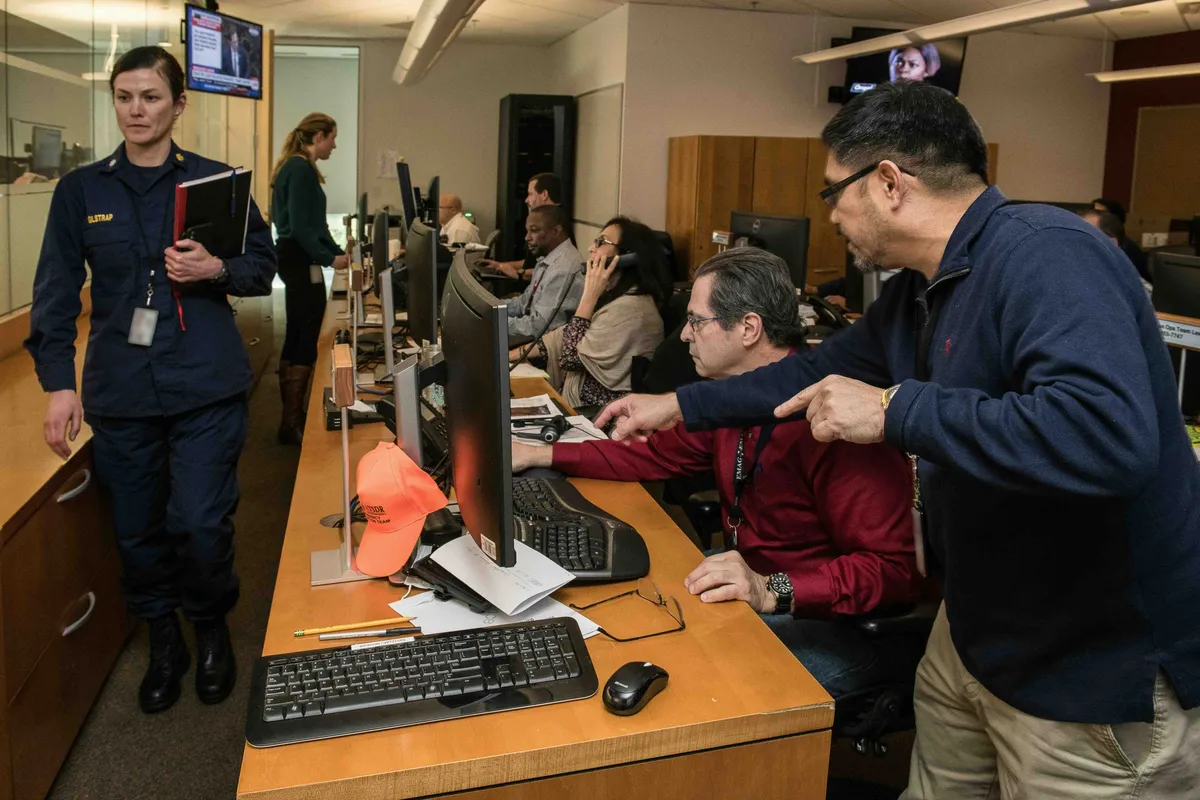People who live with natural hazard risk likely know that they should be prepared. Still, there are many reasons—both practical and psychological—why they might not take action to protect themselves from disasters. Cost, a sense of overwhelm, and a perception that personal risk is low, are among a few of the reasons.
There is a small, but growing, trend among employers to offer disaster preparedness services and initiatives to their employees could help individuals address some of those obstacles. Providing such assistance can protect the mental and physical well-being of workers and help them—and businesses—recover more quickly.
Planning for Employee Preparedness
Although companies may have business continuity strategies, staff emergency plans, and disaster communication procedures in place, historically, the idea of increasing individual employee resilience hasn’t been routinely offered.
When employers do offer individual assistance to employees, it generally comes after a disaster—benefits such as tax-sheltered emergency funds, paid time off, leave sharing, hotel or meal vouchers, and other aid that can get people back on their feet.
“Providing job security and ensuring employees don’t miss a paycheck due to their inability to work after experiencing a natural disaster are often the primary ways businesses support employees during these crises and address their essential needs,” said Society for Human Resource Management’s Regan Gross in a written statement.
More recently, however, employers have been considering helping employees and their families build resilience before disaster strikes. With more than one in five people in the United States working remotely at least some of the time, disaster preparedness of the employees at home might become a priority. Such a benefit might include providing planning apps that guide families in creating plans for evacuating or sheltering in place, communicating effectively during events, caring for family members with special needs, and saving for emergencies. Subscriptions for document storage, distributing emergency kits and weather radios, hosting disaster education events, or partnering with companies to provide discounted retrofitting services are other ways to help employees prepare.
Providing preparedness solutions as an employee benefit has the potential to help workers and their families be less impacted by extreme events, meaning they, their employers, and their communities can recover more quickly.
Benefits of the Disaster-Ready Employee
As disasters become more frequent and severe, helping employees prepare their families and their homes can be beneficial for the employee, the employer, and even society overall. For employees, having access to preparedness options might mean the difference between taking action or not.
Those who take steps to increase their safety are likely to have better disaster outcomes than if they hadn’t taken action. Not only that, practicing preparedness can help them become more adaptable to hardship overall, making them intrinsically resilient to a variety of situations that follow disasters.
Personnel who experience trauma are at risk of reduced productivity and performance, frequent interpersonal conflict, and increased absenteeism, worker compensation claims, and turnover.
On the other hand, those who are better prepared can return to work more quickly and focus on their tasks without worrying about personal issues. They may be able to remain in their homes after a disaster or return to the area sooner, increasing employee retention and allowing company operations to resume faster. These employees are also less likely to need to rely on employee resources such as paid leave, crisis services, and other relief funds.
Research also points to the potential that employee preparedness support might have in increasing the disaster readiness of the public overall, much in the way that offering wellness benefits has increased the adoption of positive health behaviors.
How It Works: The Future of Employee Preparedness Benefits
After providing the key benefits expected in today’s workplace, some employers have discretionary funds to spend on additional programs that can elevate the lifestyles of their staff.
HUB International—which presents employers with potential solutions that they may want to invest in for their employees (including Perci products)—has been seeing some early uptake of options that support individual employee resilience, said Wendy King, the company’s national director of employee benefit strategic partnerships.
“Disaster readiness and those kinds of resources really fits with a lot of the different employers that we work with across the country,” she said. “We've really tried to bring the disaster readiness and disaster preparedness conversation to the forefront.”
Such offerings are just beginning to gain in popularity, though, and it could take time before they’re widespread.
“It is not a commonly offered or discussed approach where employers assist employees with disaster preparedness that is personalized in such a way,” Gross wrote. “The idea of doing so would likely be a welcomed gesture by employees.”
While that may be true, employers have a range of other services competing for discretionary dollars. Child and elder care, home buying programs, and fertility and other health-related services are just a few of the more sought-after offerings.
“I think things like disaster readiness and disaster preparedness will get some uptake initially but it’s going to take some time for employers to be exposed to it, to hear about it, to understand the benefits of it,” King said. “I think the challenge for most employers is there’s so many great options for employees. How do you determine which one is the right fit?”
Doing the Right Thing the Right Way
Indeed, making that determination is only one thing that employers need to consider. Diego Otegui, author of Business Growth in Times of Instability, noted that employers need to be aware of what—and how—they offer such services.
“There is risk everywhere, we are bombarded with the idea of risk nowadays. How do you make a decision?” he said. “It’s important that you know that all your employees are qualified to receive information, and reflect on that information, and decide if that is something they need and they want.”
Otegui pointed out the power differentials between employers and employees might lead workers to feel as if disaster preparedness is a mandate rather than a benefit if not done correctly. He recommended ensuring that such programs are offered through benefit websites rather than being communicated directly by managers or others in a position of authority.
Still, experts agreed that making it easier for employees to protect themselves from disaster is an important and innovative way to communicate that companies care about their personnel. Paired with a corporate culture that emphasize resilience in all areas of a worker’s life, they have the potential to be a valuable benefit for everyone.
“Employee safety and well-being is critical to human capital effectiveness,” Gross stated. “Corporate values tend to vary from one corporation to another, but doing the right thing is expected in today’s workplace. Employers should continue to find ways to show employees that their safety, security, and overall lives matter.”




